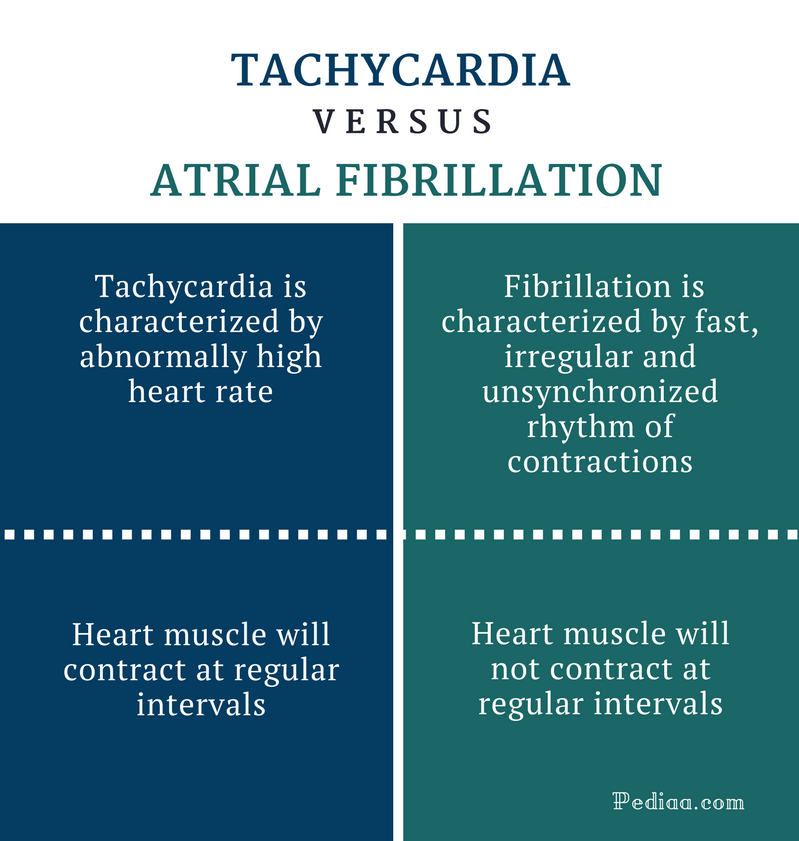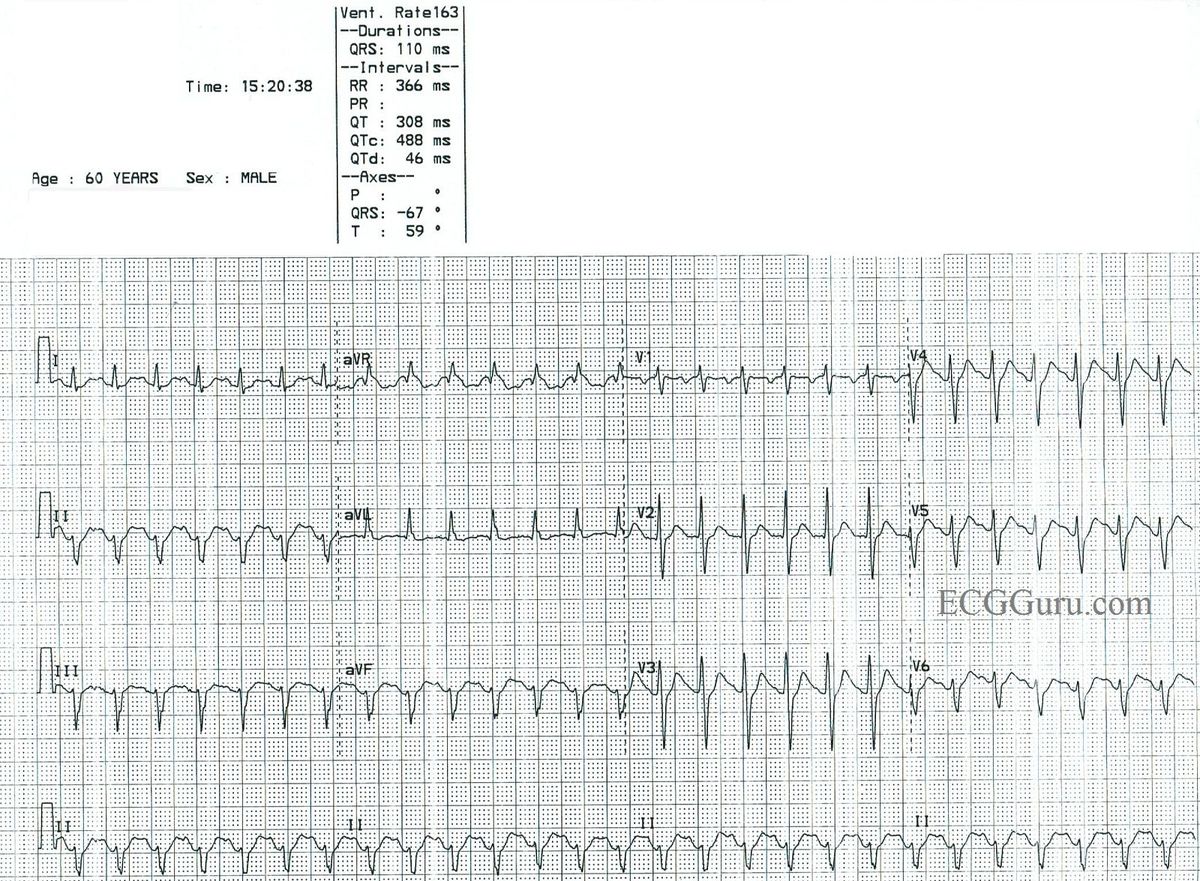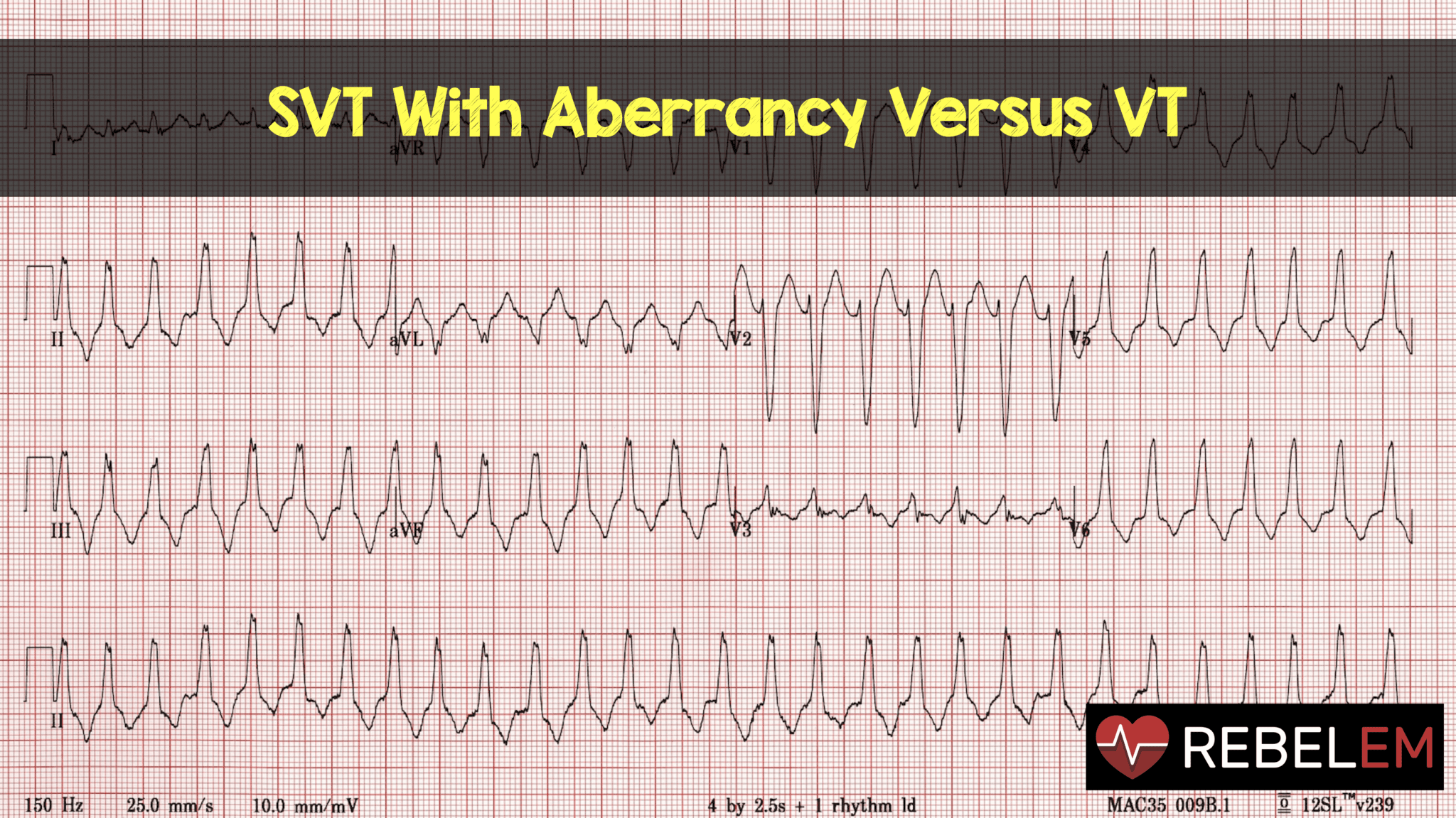

SVT is an abnormal heart rhythm (also called an arrhythmia) that originates in the heart’s upper chambers, or atria, where electrical signals are received. My pediatrician referred me to a heart specialist at Seattle Children’s Hospital, who determined I had supraventricular tachycardia (SVT). Once, my heart raced for more than three hours.

Other times, it lasted long enough to drain my energy, and all I wanted to do was sleep. Sometimes an episode lasted only minutes, and I could go back to what I was doing with little interruption. They didn’t seem to be triggered by anything in particular: All of a sudden, my heart would start racing, making me feel tired and weak. They helped calm me down, and soon my heartbeat returned to normal.Īfter that first incident, the episodes kept coming, usually catching me unaware. I was in the middle of a dance class but knew something was wrong, so I left class and told my parents what was happening. We appreciate your patience during this change process.The first time my heart beat alarmingly hard and fast, I was 11 years old. It is important to note that the same provision references (i.e., sections, subsections and paragraphs) from the SRCA have been retained in the DRCA. In the meantime, references within CLIK to the Safety, Rehabilitation and Compensation Act 1988 or SRCA should now generally be understood to be references to the new DRCA (with the exception of intended historical references to SRCA). While this process is well underway, it will take some time before all changes are complete.

Note that the Safety, Rehabilitation and Compensation (Defence-related Claims) Act 1988 (DRCA) commenced on 12 October 2017.Īs a result of this legislative change, the Department is updating its published information, including hardcopy and website content, as well as CLIK.
#ATRIAL FLUTTER VS SVT PROFESSIONAL#
While we make every effort to ensure that the information on this site is accurate and up to date we accept no responsibility whether expressed or implied for the accuracy, currency and completeness of the information.īefore relying on the material you should independently check its relevance for your purposes, and obtain any appropriate professional advice.įor reasons of succinctness and presentation, the information provided on this website may be in the form of summaries and generalisations, and may omit detail that could be significant in a particular context, or to particular persons. It does not reflect the views or opinions of any other government body or authority. This information reflects policy made by DVA and is used in the assessment of claims. Information provided on this website is prepared by the Department of Veterans’ Affairs (DVA) for general information only and does not provide professional advice on a particular matter. The development of consequences such as a CVA (cerebrovascular accident) represents the onset of a new disease/injury rather than worsening of AF. It is difficult to envisage how permanent AF can be worsened per se. In some cases the AF may resolve with treatment of an underlying cause. The natural history of intermittent (paroxysmal) atrial fibrillation is for episodes to continue with a variable frequency and for progression to permanent AF to occur in a proportion of subjects. Other symptoms that may be due to AF are non-specific and generally won't allow a clinical onset to be established. Once the diagnosis has been confirmed by ECG it may be possible to back date onset to when relevant symptoms (particularly palpitations) first started. Additional diagnoses that are covered by this SOP The relevant medical specialist is a cardiologist. This diagnosis is made on the basis of findings on electrocardiography (ECG). Atrial fibrillation may convert to atrial flutter and vice versa. Both may be paroxysmal (intermittent) or persistent. In atrial flutter the atrial contractions are regular but rapid and inefficient. Atrial fibrillation is characterised by rapid, irregular, disorganised atrial contractions. This SOP covers two related types of disturbance of the electrical rhythm of the heart (arrhythmia). Current RMA Instruments Reasonable Hypothesis SOP


 0 kommentar(er)
0 kommentar(er)
